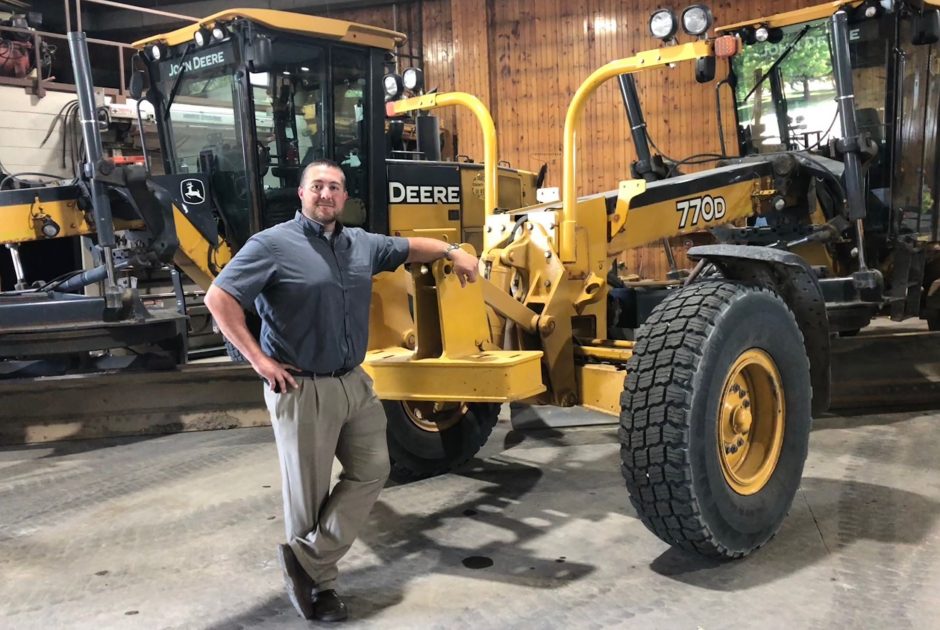He was in its first graduating class, and today Ryan Thilges is helping future students in the Minnesota State Mankato Civil Engineering program.
While serving as Blue Earth County’s Engineer and Public Works Director, Thilges has stayed connected with the University by helping fund a scholarship for the Civil Engineering program.
“It’s really important,” Thilges said. “With the workforce shortage that we’re seeing, it’s not going to get any better. We certainly need to do what we can to encourage our profession.”
In 2003, Thilges was among the first five graduates from the Civil Engineering program. Since then, the program has grown impressively in both the number of faculty and the number of students.
“We had one faculty,” he remembers. “That had grown to two at the time of my graduation. Now, it’s great to see the program pushing to seven faculty with 25 to 35 graduates per year.”
To meet accreditation requirements for the program, an industry advisory board had to be formed. In 2007, that board posed a challenge to Thilges and his fellow 2003 graduates to support the program by way of a scholarship.
“So myself and some of the other classmates, we began a Civil Engineering Class of 2003 scholarship,” he said. “That grew into an alumni scholarship to support students coming up through the civil engineering program.”
That scholarship is funded entirely by donations from civil engineering alumni. The challenge is to get alumni to donate after taking their professional engineering license exam, which generally happens four years after graduation.

Today, Thilges sits on the advisory board himself. As is the case with all of the programs in the College of Science, Engineering and Technology, the civil engineering advisory board consists of practicing professionals who provide guidance and advice on the program’s curriculum and objectives. From that perspective, Thilges said, he’s constantly encouraged by the program’s performance and the talent coming out of it.
“We’re very happy with the product we’re getting,” he said. “In fact I just hired a young engineer who’s a graduate of the program. We’re very much getting hands-on students who are engaged and able to hit the ground running.”
While graduating classes are usually between 25 and 35 in the program, Thilges says it’s the industrial advisory board’s goal to see the program grow to 50 graduates per year. It’s a milestone he looks forward to celebrating.
“To be able to be part of that growth from inception to this point has been rewarding.”
Speak Your Mind